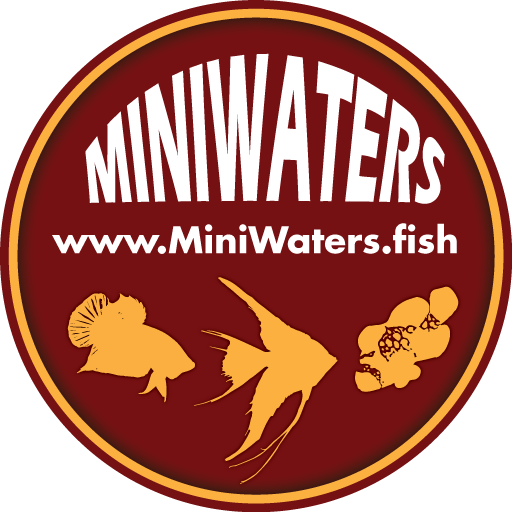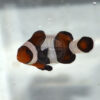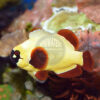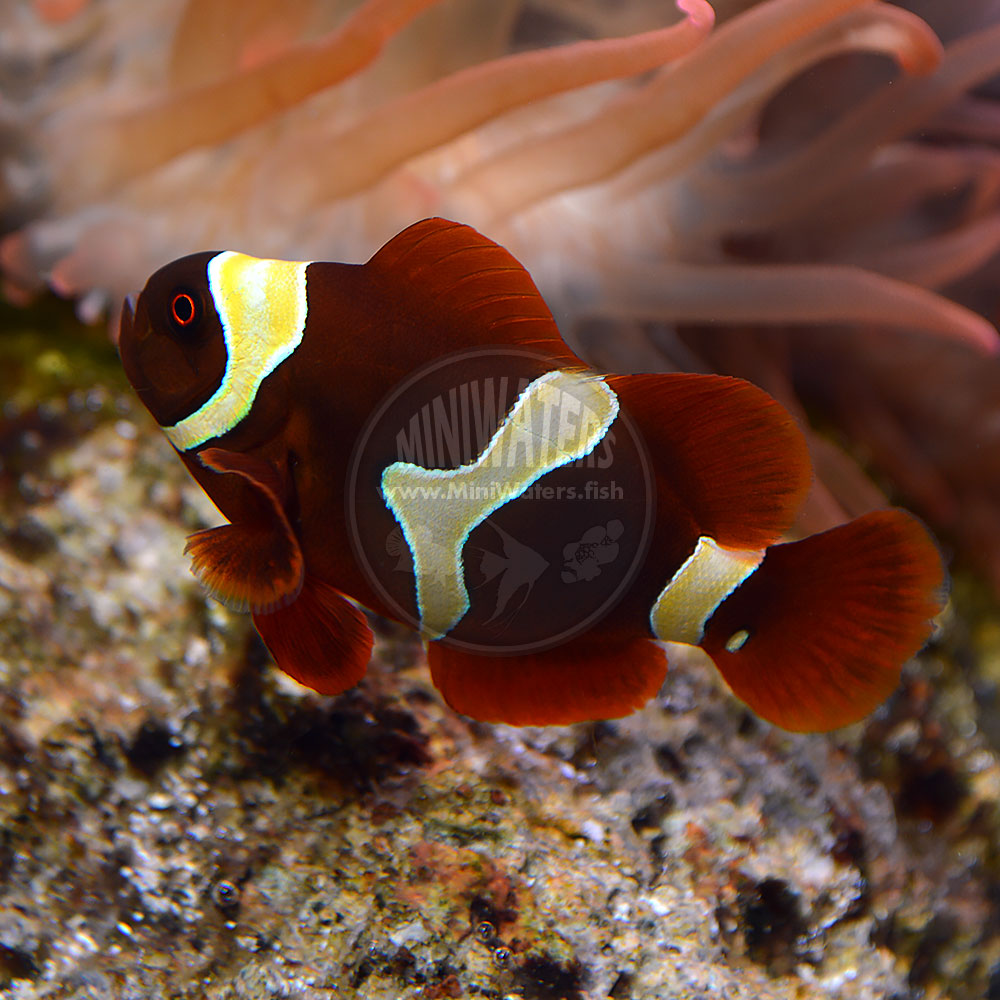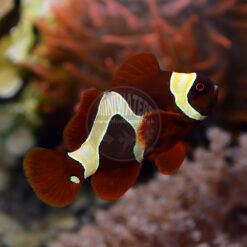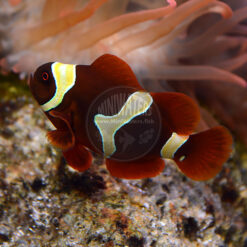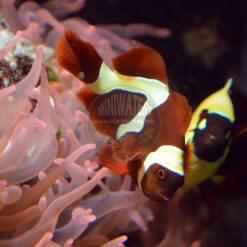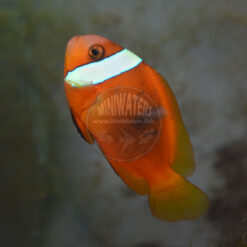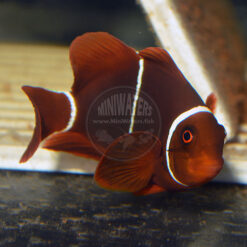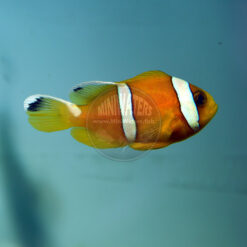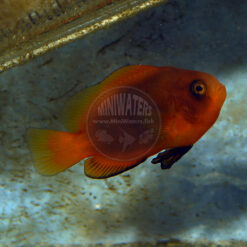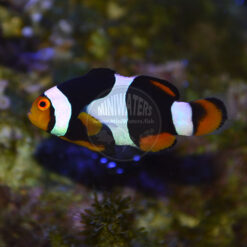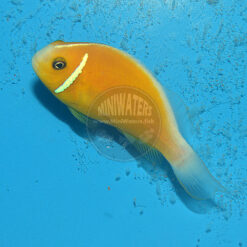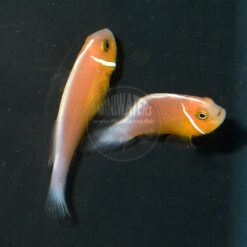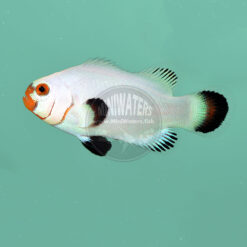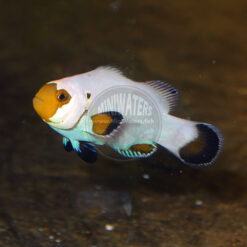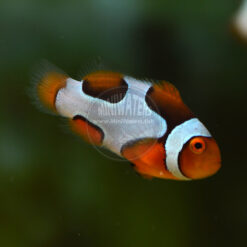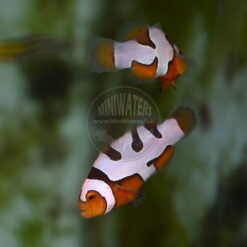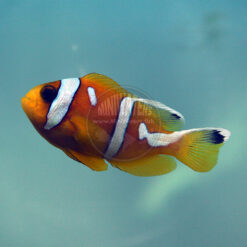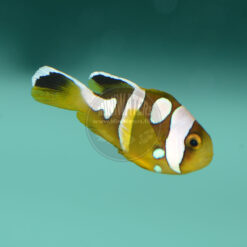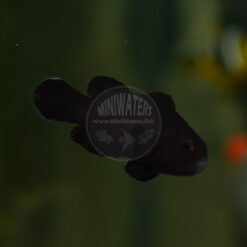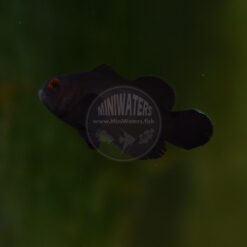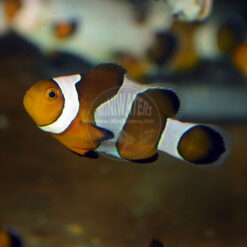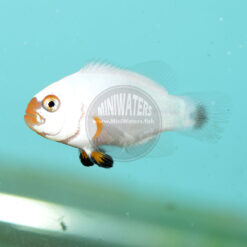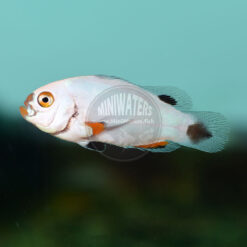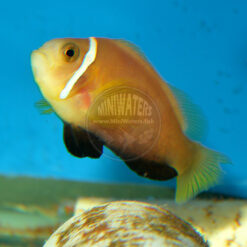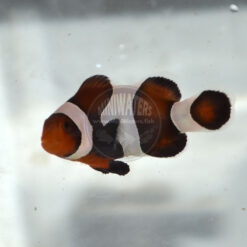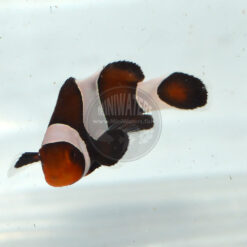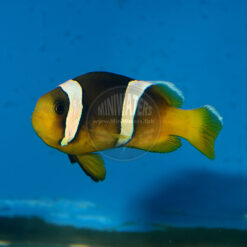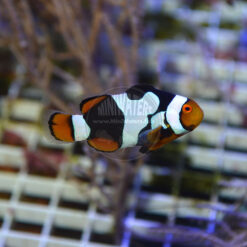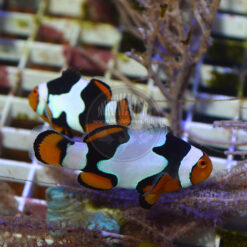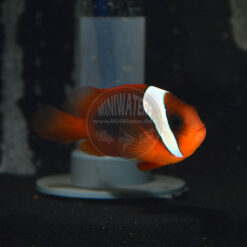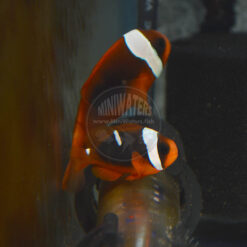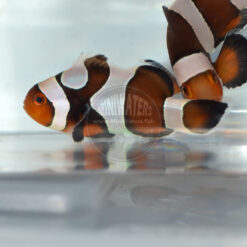Premnas sp. epigrammata “Goldflake Maroon” Clownfish
$79.00 Original price was: $79.00.$69.00Current price is: $69.00.
The Goldflake Maroon Clownfish is a variant of the Gold Stripe Maroon Clown, often abbreviated GSM, Premnas sp. epigrammata. Regardless of their designer appearance, Goldflake Maroons are simply a Gold Stripe Maroon Clownfish at the core; pairing is most easily accomplished with fishes of extremely different sizes. There are several different “grades” of Goldflake Maroons, which reflect increasing levels of deviation from the standard 3-barred wild-type clownfish. Learn more about the Goldflake Maroon below:
Description
The Goldflake Maroon Clownfish is a variant of the Gold Stripe Maroon Clown, often abbreviated GSM, Premnas sp. epigrammata. Goldflakes were first seen by Sustainable Aquatics many years ago, with occasional fish showing extra spots or stripes, but nothing further came of it. Houston, TX, clownfish breeder Mike Hoang saw similarly patterned fish out of Gold Stripe Maroon breeding as well, but it wasn’t until ORA found this variation in their breeding that things really started happening.
While the genetics aren’t exactly clear, it appears that the Goldflake Maroon may have been the predecessor to the Gold Nugget Maroon Clownfish. It has been implied that the Goldflake Maroon and Gold Nugget might be related in the same way that Picasso Perculas and Platinum Perculas are related, which would meant that the Goldflake represents a heterozygous, single-dose state of a Gold Nugget gene (GN/+), and the Gold Nugget being the homozygous, double-dose state (GN/GN). That said, no actual proof of this hypothesis has been put forward.
These days, there are many permutations of fishes that fall under the definition of “Goldflake”, but the classic Goldflake generally has a simple spot or two beyond the regular 3 stripes sometimes simply, and are sometimes also called “Gold Dot” or “Gold Spot”. There are Goldflakes that show oddly shaped bars, but not even a separate mark. There are also more significantly patterned fishes with significant portions of extra white splotching, and fishes with extra barring, including Gold Rush Maroons that have connecting horizontal bars. As far as I’m aware, these fish are presumably all simply grades of the same genetic state.
Regardless of their designer appearance, Goldflake Maroons are simply a Gold Stripe Maroon Clownfish at the core; juveniles have white barring and patterning, which starts turning yellow after 1 year of age. Pairing is most easily accomplished with fishes of extremely different sizes.
Note – While current taxonomy suggests that the Gold Stripe Maroon is simply a color variant of the White-Striped Maroon Clownfish (WSM), Premnas biaculeatus, it has become very clear that the GSM is a biogeographical variant. It’s my supposition that in fact, the GSM is deserving of species level recognition, and therefore I use the epithet sp. epigrammata which is the name formerly applied to this variety before being synonymized with the White Stripe Maroon. I am also adamantly against the hybridization of these two forms, as the natural forms are already indistinguishable for the first 9-12 months of their lives. Once mature, the colors of the “White Gold” hybrid are squarely in between the two parents based on what has been shown to date. These two realities make it virtually impossible to differentiate the hybrids from the pure forms of each species. This is the type of hybridization that has very bad long term consequences (see my writings on the Darwin Black “Ocellaris”) and is something I strongly discourage.
Additional information
| Scientific Name | Premnas sp. epigrammata |
|---|---|
| Geographic Location | Eastern Indian Ocean |
| Sizes Available | Small |
| Quality / Grade | Gold Dot / Gold Spot, Gold Flake, Gold Rush |
| Captive-Bred | |
| Breeder | FishEye Aquaculture, ORA, Proaquatix, Sustainable Aquatics |
| Wholesale Available | No |
Related products
Clownfish
Clownfish
Clownfish
Clownfish
